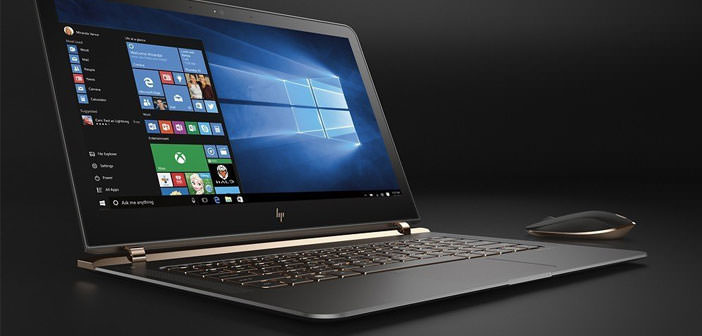Graphite and Vapor Chamber to dissipate the notebooks of the future
With the Project Athena initiative, Intel is also working to define new cooling systems that aim to improve efficiency and where possible, reduce the size of notebooks.
Project Athena is the name by which Intel indicates its initiative aimed at improving the design, construction, and functionality implemented in future generations of notebooks intended for commerce. One of the directions in which Intel is working is linked to the development of new heat dissipation systems, thanks to which it is possible to develop more compact notebooks that are better able to dispose of the heat generated by modern, higher-performance processors.
Digitimes reports how the new cooling system will combine a vapor chamber structure with a graphite plate. The structure with heat exchange chamber will be installed under the keyboard, while the graphite structure will be positioned behind the screen: this positioning will require repositioning and redesigning the connection hinges between the base of the notebook and the display to allow the heat exchange between the vapor chamber and graphite panel.
This design choice seems for the moment, to prevent the adoption of this cooling system in so-called convertible notebooks, that is, equipped with a screen that rotates 360 degrees on itself to transform the portable PC into a notebook. It is not certain that such a design cannot be adapted to this type of system.
An approach of this type should allow improving the efficiency in heat dissipation by 25-30%, opening space for thinner notebooks. This feature could allow, for the same size, also to use more powerful processors and video cards while keeping the overall dimensions of the notebooks unchanged.
Some of these new models may debut at CES in Las Vegas, in the form of ready-to-market models or prototypes, starting next week.

